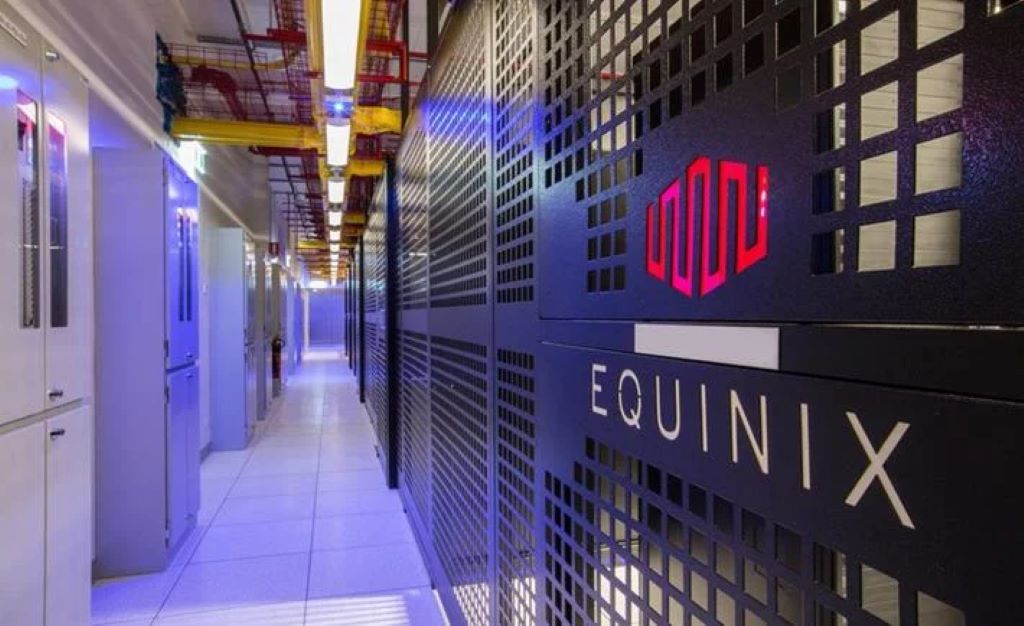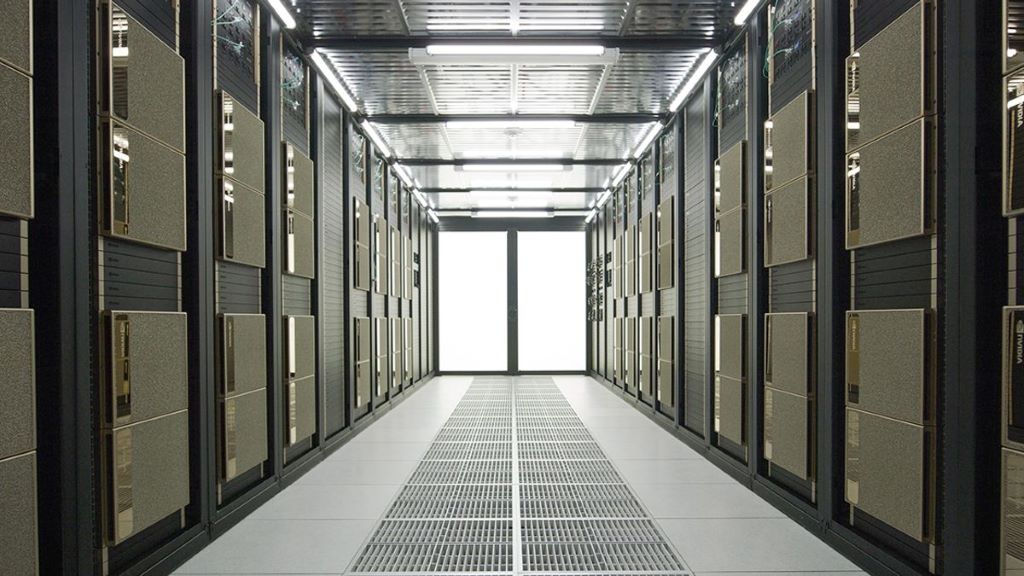Nearly half (46%) of IT leaders in the EMEA region (Europe, Middle East, and Africa) acknowledge that their current data center infrastructure no longer meets the demands of Artificial Intelligence (AI) and the urgent need for sustainability and compliance. This is according to Lenovo’s latest Data Center of the Future study, in partnership with research firm Opinium.
The study, based on a survey of IT and C-level decision-makers, highlights a growing gap between digital ambitions and the limitations of existing infrastructure.
The findings reveal that traditional data center design fails at key points:
Sustainability Goals Missed: Only 46 percent of decision-makers say their current data center design actually supports their energy or carbon reduction goals. At the same time, 92 percent say they prefer technology partners who help reduce energy use and carbon footprint.
AI Gap: 90% of IT decision-makers believe AI will significantly increase organizational data usage in the next decade, and 62% expect AI and automation to have the greatest impact on IT strategy. Yet despite the promise, 41% admit their organization is not prepared to integrate AI efficiently.
Data Sovereignty Important for 99%
Data Sovereignty Critical: With 88% of IT decision-makers already viewing data sovereignty as a priority and nearly 99% expecting it to remain important over the next five years, it’s clear that compliance and control over where data resides will define future data center design.
Low Latency: An overwhelming 94 percent cite low latency as a key requirement today and in the years ahead, driven by the growth of real-time applications and edge computing.
To fuel the discussion on how data centers could look in 30 years, Lenovo, in partnership with engineering firm AKT II and architects Mamou-Mani, has presented several concept designs.
These concepts focus on integrating liquid cooling technology with unexpected locations. Liquid cooling technology can remove up to 98 percent of system heat at the source and consumes less energy than air cooling.
The Floating Cloud: A novel concept involving the suspension of the data center in the air, at an altitude of 20-30KM, with 24/7 energy from solar power and using pressurized closed liquid cooling system.
The Data Village: A modular system near water sources that transfer waste heat to local amenities (such as schools or homes) and offers low latency.
The Data Spa: A variation on the Data Village, powered by geothermal energy and integrated into natural landscapes.
The Data Center Bunker: Utilizing disused tunnels, bunkers to place technology underground, minimizing land use, increasing security, and capitalizing on natural thermal efficiency.
“The data center of the future will be defined by how effectively it can scale for AI, deliver on sustainability targets, and operate with maximum energy efficiency,” said Simone Larsson, Head of Enterprise AI, EMEA at Lenovo. Future-ready data centers require a shift in mindset, one where sustainability is not retrofitted, but engineered into the system from the very beginning.




